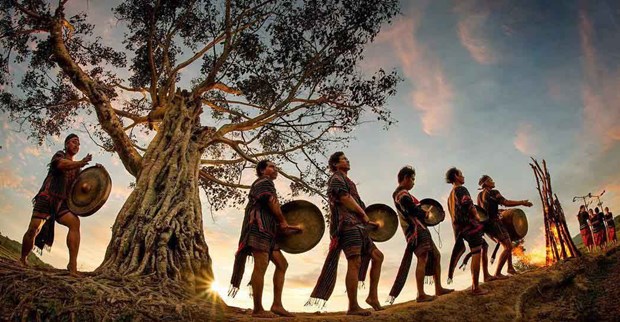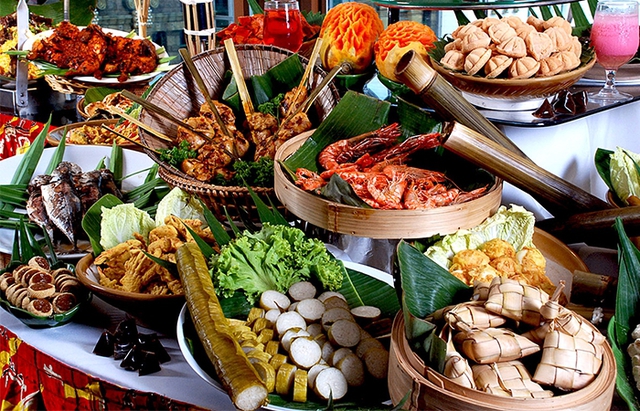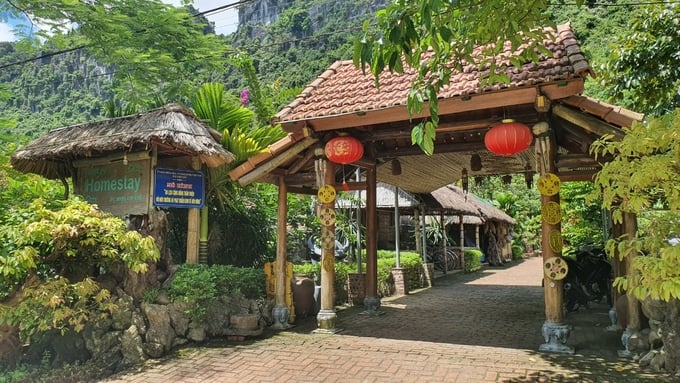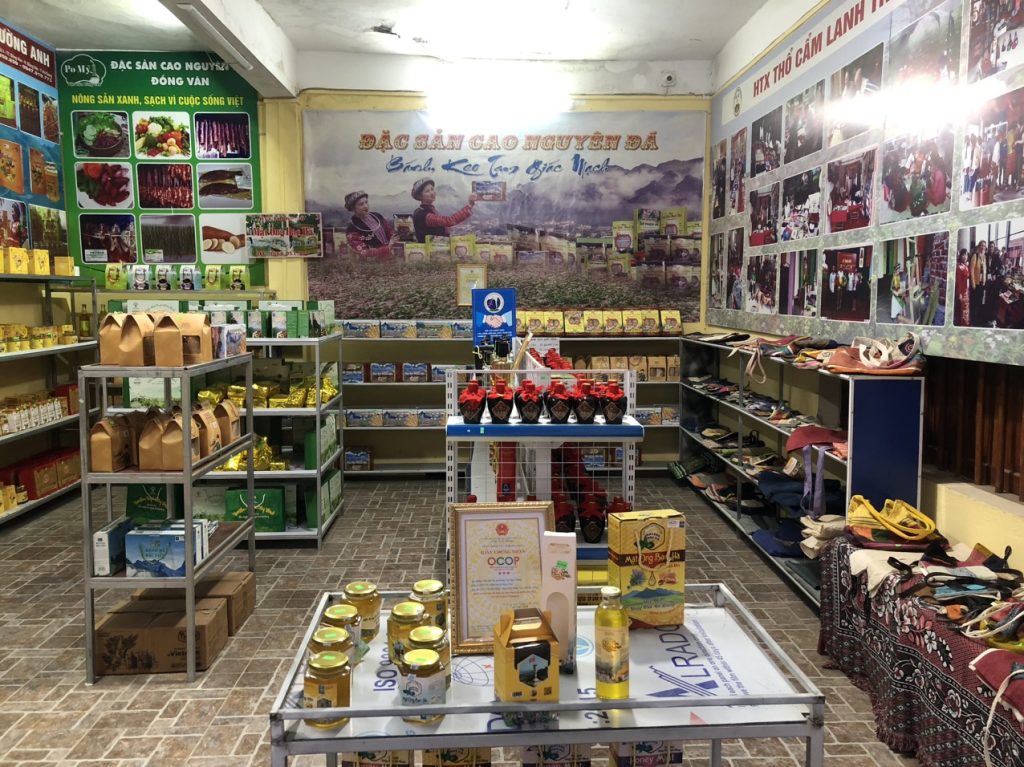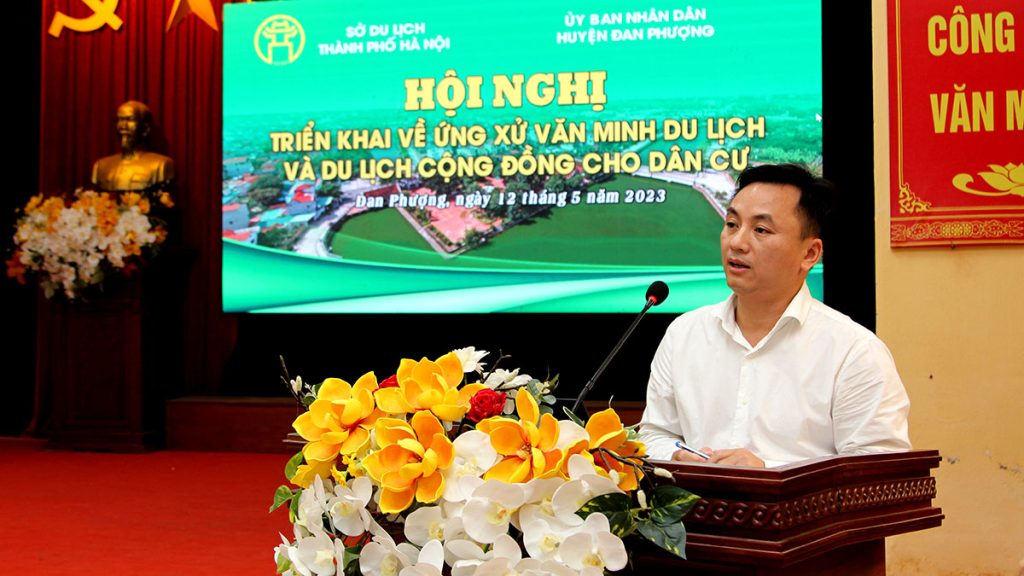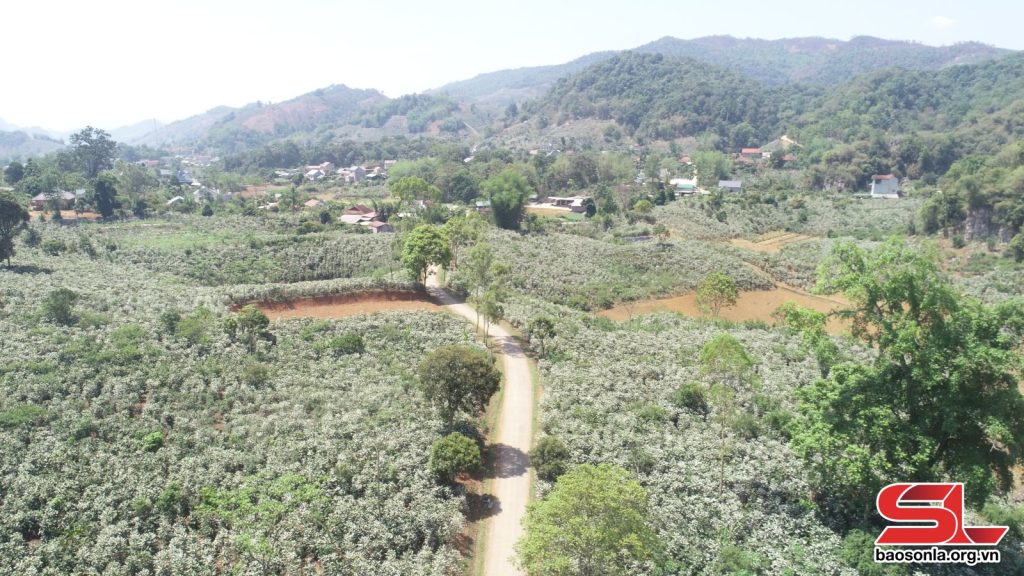The region, which comprises five provinces of Kon Tum, Gia Lai, Dak Lak, Dak Nong, and Lam Dong, boasts a majestic beauty with windy mountain passes, spectacular valleys, and a kaleidoscope of cultures of 49 out of Vietnam’s 54 ethnic groups.
Some popular destinations include Tuyen Lam Lake in Lam Dong province, Ngoc Linh Mountain and Mang Den Ecotourism Site in Kon Tum province, Kon Chu Rang Nature Reserve in Gia Lai province, Draynur Waterfalls in Dak Lak province, and Yok Don National Park in Dak Nong province.
The region is also known for its gong culture which was recognised by UNESCO in 2005 as a Masterpiece of the Intangible Cultural Heritage of Humanity.
“Con duong xanh Tay Nguyen” (the Central Highlands green road), a tourism path linked to “Con duong di san mien Trung” (the Road of Heritage Sites in the Central Vietnam), is among major tours that help nudge the region’s majestic beauty closer to domestic and international visitors.
Besides, “Mot ngay an com ba nuoc, ba quoc gia mot diem den” (Dining in three countries in one day, three countries – one destination) programme was developed to link regional attractions with those in Lao and Cambodia.
Over recent years, the Central Highlands localities have organised conferences to promote tourism linkages with major cities such as Hanoi and Ho Chi Minh City.
However, experts have said that the region’s tourism development is lagging behind its potential, elaborating tourism linkage among localities are poor while new offerings should be created to lure more visitors.
Pham Hai Quynh, Director of the Asian Tourism Institute and Chairman of the Vietnam Community-based Tourism Chapter (VCTC), said that it is working to branch out tours in which local ethnics will tell stories about their cultures and histories.
In a bid to bolster the region’s sustainable tourism, it is necessary to study the ethnic groups’ standout cultural straits, excellent cuisines and traditional practices, he said, adding that the move also aims at protecting the ethnic heritage from falling into oblivion./.

